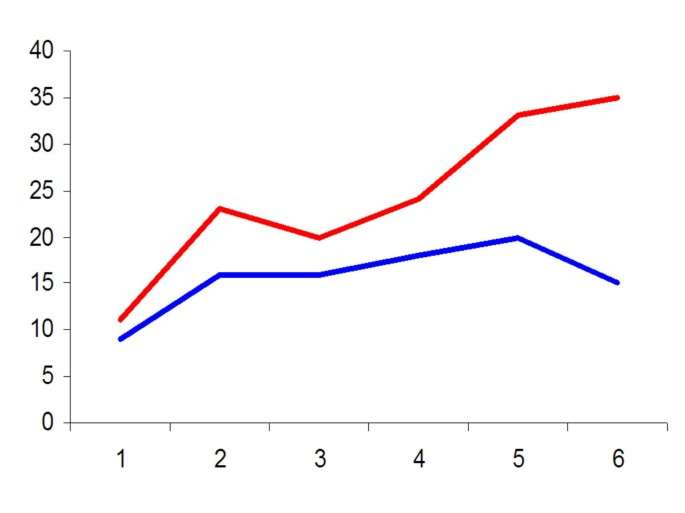Identification and selection of studies
We developed the database by means of several methods. First, we conducted a comprehensive literature search (from 1966 to May 2007) in which we examined 5,178 abstracts in the following databases: Pubmed (1,224 abstracts), Psycinfo (1,736), Embase (1,911) and the Cochrane Central Register of Controlled Trials (2,056). We identified these abstracts by combining terms indicative of psychological treatment (psychotherapy, psychological treatment, cognitive therapy, behavior therapy, interpersonal therapy, reminiscence, life review) and depression (both MeSH-terms and text words). The search strings and number of abstracts are presented in Table 1. We also collected the primary studies from 22 meta-analyses of psychological treatment of depression [17].
Table 1 Searches in bibliographical databases: searchstrings and hits a)
Full size table
As indicated earlier, we conducted nine meta-analyses on subgroups of studies from this dataset. For some meta-analyses [18, 19, 23] we carried out additional searches, using more specific search terms indicative of these subgroups. The studies identified through these additional searches were also included in the database (if they met inclusion criteria). We started this project in 2005. The searches we conducted in 2005 were updated in 2006 and once again in 2007 (May 2007). This means that the earlier meta-analyses did not include all studies of the 2006 and 2007 updates. Further yearly updates are planned for the coming years.
Inclusion of studies
Each of the meta-analyses we conducted used specific inclusion criteria. However, in all of these meta-analyses, we only included studies in which (a) the effects of a psychological treatment (b) on adults (c) with a depressive disorder or an elevated level of depressive symptomatology, (d) were compared to a control condition, another psychological treatment, or a combined (psychological plus pharmacological) treatment (d) in a randomized trial. No language restrictions were applied.
Psychological treatments were defined as interventions in which verbal communication between a therapist and a client was the core element; or in which a systematic psychological method was written down in book format or on a website (bibliotherapy), while the client worked through it more or less independently, but with some kind of personal support from a therapist (by telephone, email, or otherwise).
We excluded studies on children and adolescents (below 18 years of age). Studies in which the psychological intervention could not be distinguished from other elements of the intervention were also excluded (managed care interventions and disease management programs), as were studies in which a standardized effect size could not be calculated (mostly because no test was performed in which the difference between experimental and control or comparison group was examined). We also excluded studies aimed at relapse prevention, and studies in which only a selection of the patients were depressed.
A total of 832 papers which possibly met the general inclusion criteria were retrieved for further study. A total of 149 studies met all inclusion criteria and were included in the database. In the 149 studies, a total of 11,369 patients participated: 6,259 in the psychological treatments, 1,239 in the control treatments, 1,239 in the comparative treatments (which were not psychological treatments), and 876 in the combined treatments.
Data extraction
In each of the meta-analyses, characteristics of the included studies were collected systematically. Although there were some differences between the meta-analyses, some characteristics were collected in all or nearly all meta-analyses. At our website [25] we have made an overview available of all studies included in the meta-analyses, as well as all references, and for each study we present the following characteristics:
Characteristics of the patients
▪ Population: Here we describe very briefly the population of included patients, ranging from adults in general (most studies) to specific populations (e.g., older adults, women with postpartum depression, patients with somatic illnesses, student populations, women with low SES status).
▪ Recruitment method (column “Recr”): Patients can be recruited through open or community recruitment (“com”), which means that the possibility to participate was published in the mass media; through clinical referrals (“clin”), which means that patients were referred from specialized mental health care or primary care settings; through systematic screening of a predefined population (“scr”); or through other recruitment strategies.
▪ Definition of depression: Here we describe how depression is defined in the studies, and which instruments were used. In some studies, patients had a diagnosed depressive disorder (indicated by “MDD”, minor depression [“minD”], dysthymia [“DYS”], etc), while other studies defined depression as a high score above a specified threshold on a self-report depression questionnaire.
Characteristics of the conditions and intervention
▪ Conditions: In this column, we describe very briefly the psychological treatments that were examined in the included studies. In one study we have worked out definitions of the major types of psychological treatments [22]. In this column we give brief descriptions of the treatments, because many treatments do no meet the definitions of one of these seven major types of treatment (cognitive behavior therapy, supportive therapy, dynamic therapy, behavioral activation, social skills training, problem-solving therapy, and interpersonal psychotherapy). In this column we also report the control conditions and the comparative treatments which were examined in the studies.
▪ N: this is the number of participants in each condition. For most studies, we have reported the number of participants which were used in the calculation of the effect sizes (because this will allow pooling of studies by other researchers).
▪ Format (column “Frm”): this refers to the format used in the treatment: individual therapy [“ind”]; group therapy [“grp”]; or minimal contact therapy [“mc”] (other terms used: bibliotherapy; guided self-help; self-administered treatment).
▪ Number of sessions (column “Nse”): this indicates the number of sessions of the treatment. When a “t” is given after the number of sessions, this means that the sessions were conducted by telephone.
Study characteristics
▪ Measurements: In all studies, measures were taken at pre-test and at post-test. In this column, we report whether follow-up measurements were taken and at which moments.
▪ Measures: In this column, we report which outcome measures were used for depression (these were used to calculate the mean effect sizes of the study).
▪ Attrition (column “DO”): In this column we give the percentage of respondents who dropped-out of the study between pre-test and post-test.
▪ Analyses (column “ITT”): Here we describe whether intention-to-treat analyses were performed (indicated with +) or completers-only analyses (-). In some it was not possible to find which type of analyses had been used (these were also marked with -).
▪ Country (column “C”): In this column, we indicate the country in which the study was conducted.
Other characteristics
▪ Meta-analyses (column “Meta”): Here we indicate in which of the meta-analyses of our group the study was examined (by numbers, see Table 1).
Analyses
We calculated effect sizes (standardized mean difference) by subtracting (at post-test) the average score of the control group (Mc) from the average score of the experimental group (Me) and dividing the result by the pooled standard deviations of the experimental and control groups (SDec). We used the computer program Comprehensive Meta-analysis (version 2.2.021), developed for support in meta-analysis to convert the means and standard deviations to the standardized mean differences for each comparison. An effect size of 0.5 thus indicates that the mean of the experimental group is half a standard deviation larger than the mean of the control group. Effect sizes of 0.8 can be assumed to be large, while effect sizes of 0.5 are considered moderate, and effect sizes of 0.2 or below are small or non-existent [26].
In the calculations of effect sizes we only used those instruments that explicitly measure symptoms of depression. If more than one depression measure was used, the mean of the effect sizes was calculated, so that each study (or contrast group) only had one effect size. We pooled the different effect sizes using the computer program Comprehensive Meta-analysis (version 2.2.021; option “Use the mean of the selected outcomes”).
In the nine meta-analyses which were used for the current meta-analyses, we pooled the mean effect sizes, using the computer program Comprehensive Meta-analysis (version 2.2.021).
At the time that this paper was written, the effect sizes have not been made available at our website, because they were calculated by one researcher only (PC). Before the effect sizes are made available, we want them to be rated by two independent researchers. This will reduce the risk of errors (which could be replicated by other researchers using these data). A group of researchers is currently working on the multiple ratings of the effect sizes (expected date of availability at our website: end 2008).



